Optimal Timing for Foundation Repairs
Foundation repairs are most effective when performed during specific seasonal conditions. The optimal time depends on weather patterns, soil conditions, and the type of repair needed. Proper timing ensures that the foundation is accessible and that repairs can be completed without delays caused by adverse weather.

Spring offers moderate temperatures and manageable moisture levels, making it suitable for many foundation repair projects.
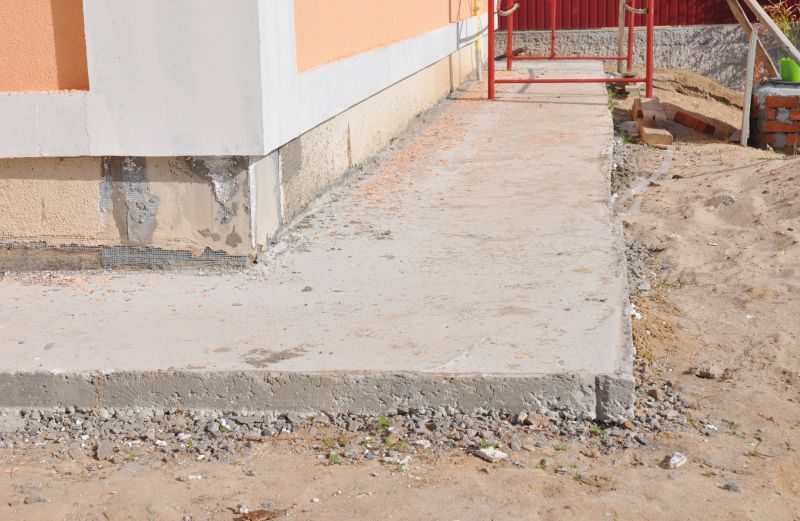
Summer provides longer daylight hours and drier conditions, ideal for certain types of repairs, especially in dry climates.
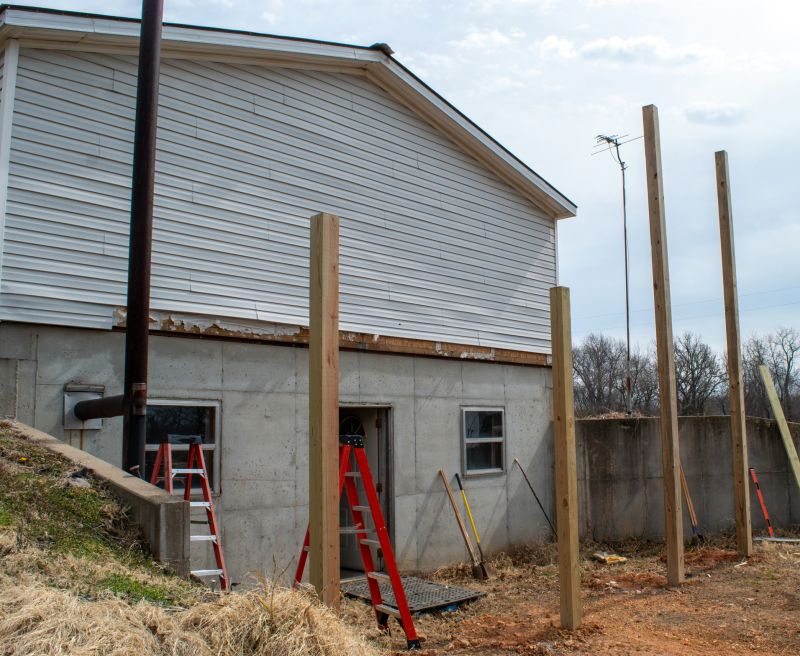
Fall can be a good time for repairs before winter, with stable weather and soil conditions.
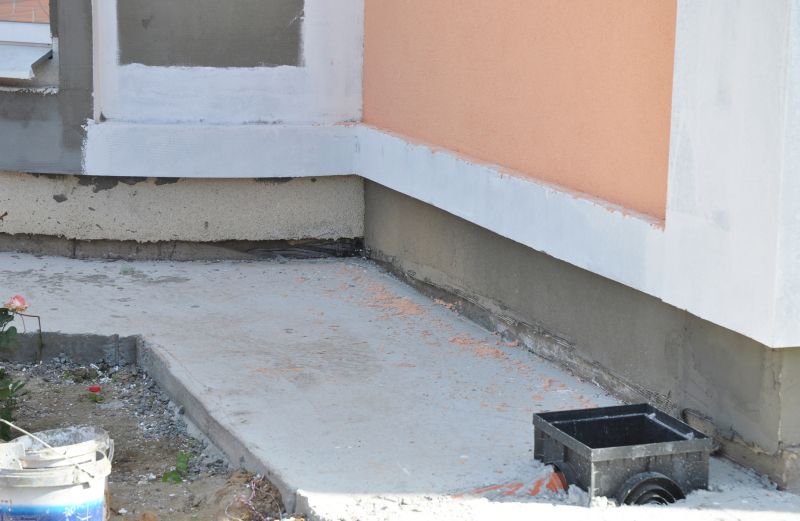
Ways to make Foundation Repairs work in tight or awkward layouts.
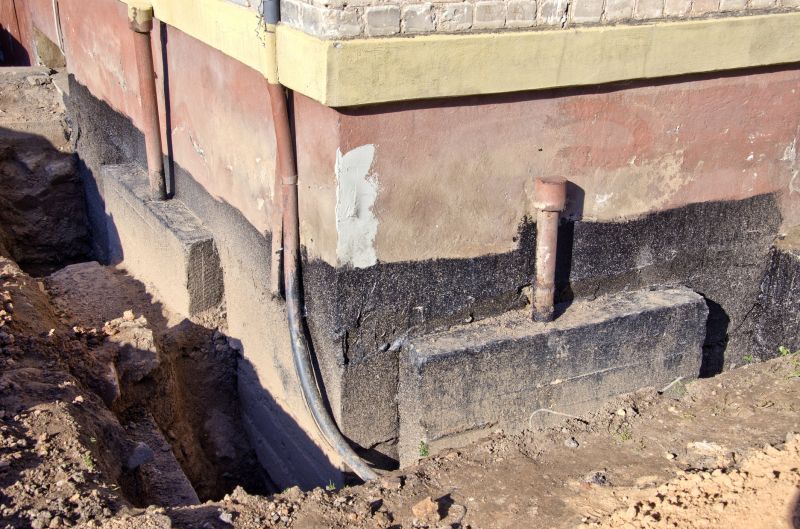
Popular materials for Foundation Repairs and why they hold up over time.
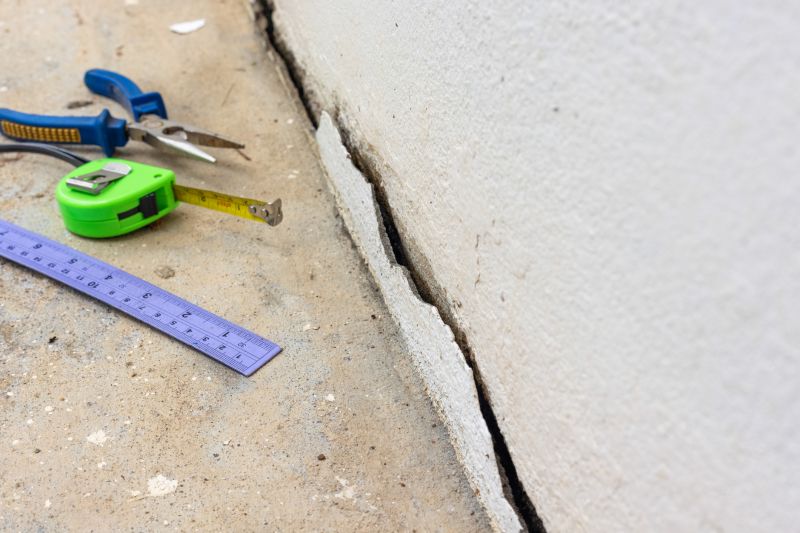
Simple add-ons that improve Foundation Repairs without blowing the budget.
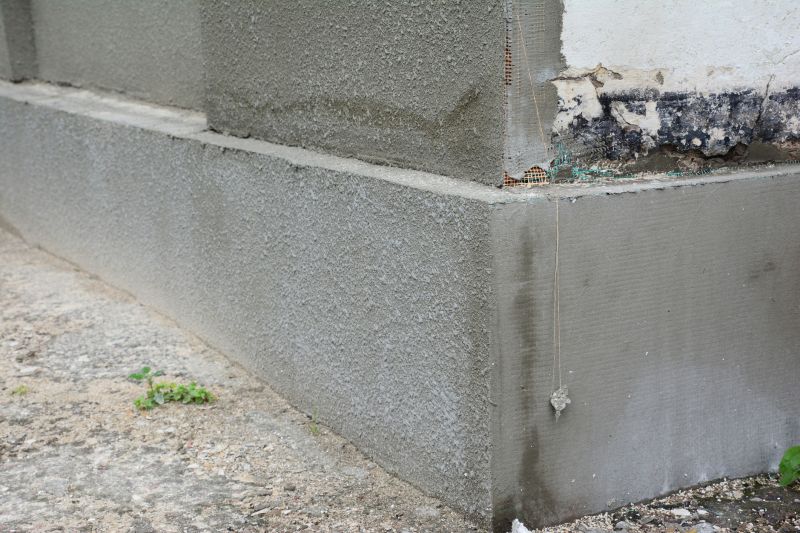
High-end options that actually feel worth it for Foundation Repairs.
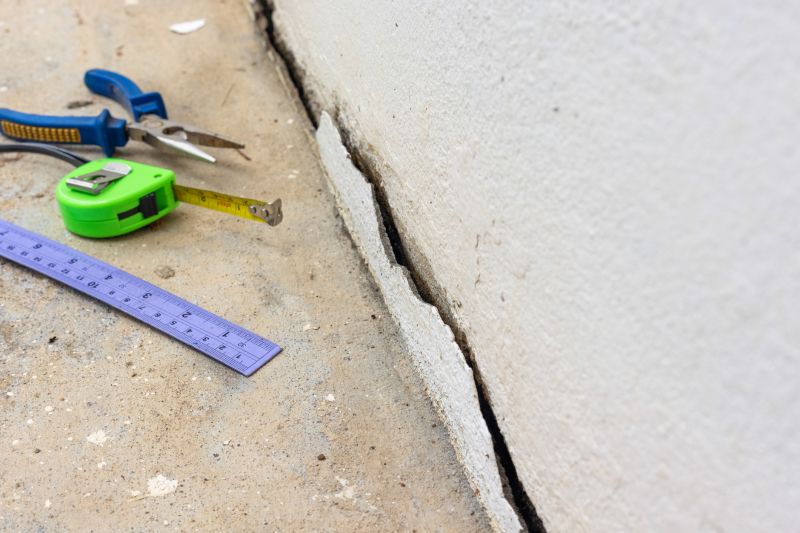
Finishes and colors that play nicely with Foundation Repairs.
Timing foundation repairs correctly can help prevent further structural issues. Soil movement, moisture levels, and temperature fluctuations significantly influence the stability of a building's foundation. For example, wet soil during spring and fall can cause shifting, while extreme cold in winter can freeze and expand soil, leading to additional damage.
Soil expands when wet and contracts when dry, impacting foundation stability. Repair timing considers these seasonal changes.
Extreme weather can delay repairs or cause additional issues if not scheduled properly.
Certain repairs, like underpinning or piering, are best performed during mild weather conditions for safety and effectiveness.
Clay soils are more prone to movement and require specific timing for repairs.
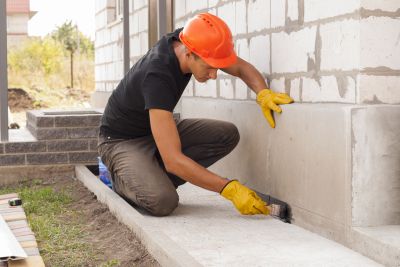
Work underway during optimal weather conditions ensures quality results.
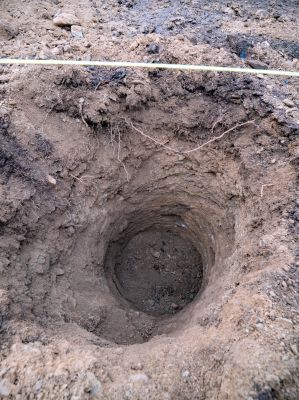
Effective during dry periods to prevent future shifting.
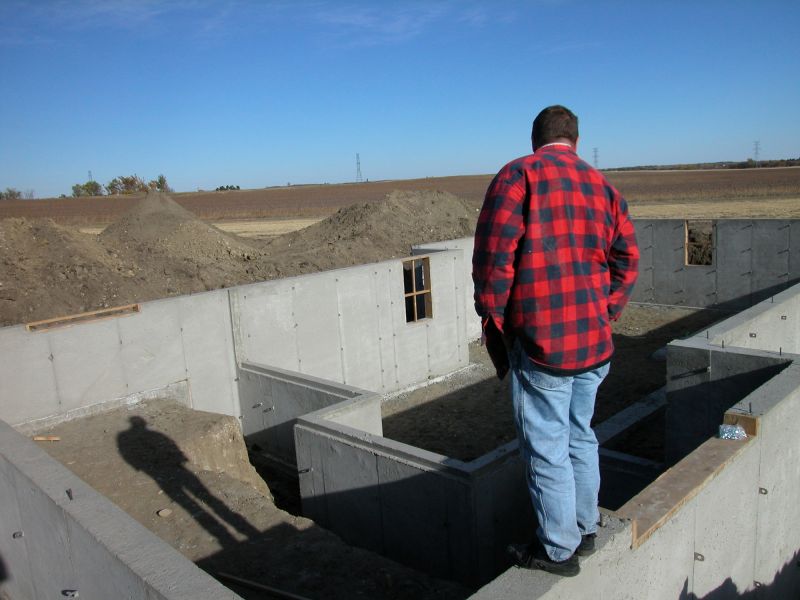
Proper assessment during suitable seasons facilitates effective repairs.
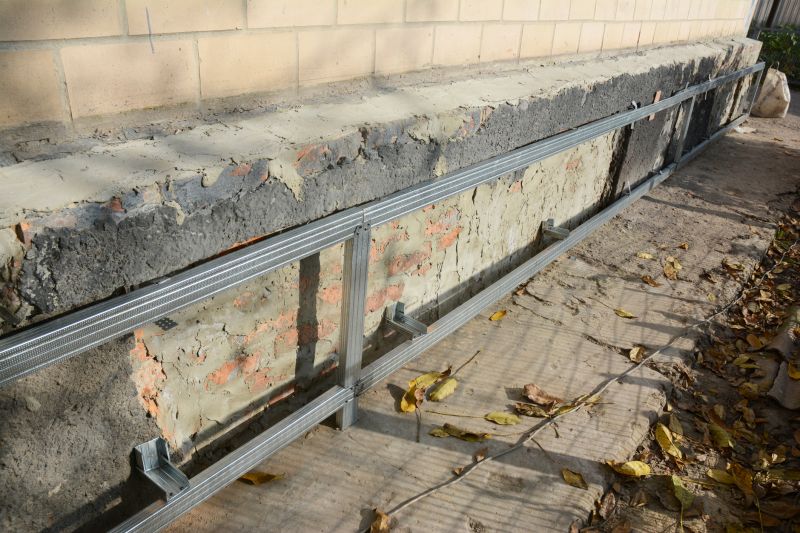
Performed when soil is stable, reducing risk of future problems.

Ensures foundation stability over time.
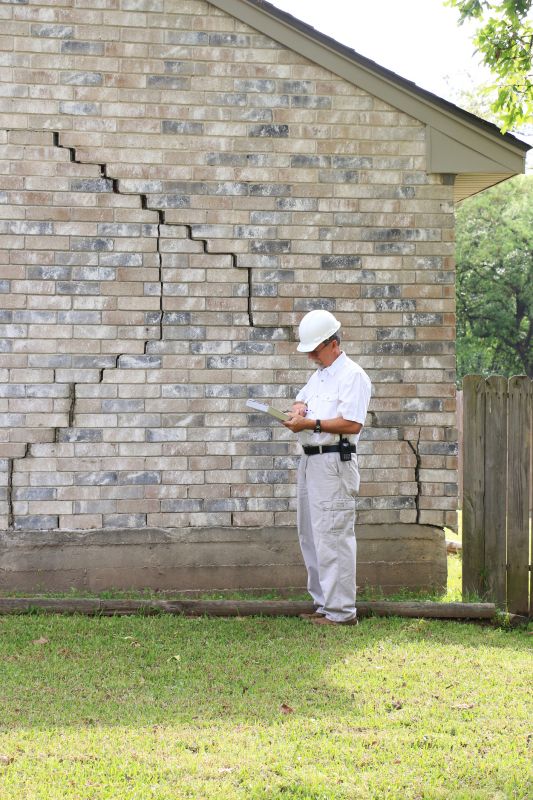
Regular checks during off-peak seasons maintain foundation health.
| Season | Ideal Conditions |
|---|---|
| Spring | Moderate temperatures, manageable moisture levels |
| Summer | Longer days, drier soil, suitable for dry climate repairs |
| Fall | Stable weather, soil begins to cool and dry |
| Winter | Generally not recommended due to freezing and soil movement |
| Late Fall | Prepares foundation for winter, reduces frost heave risk |
Understanding the best timing for foundation repairs can prevent costly damages and extend the lifespan of a structure. Soil and weather conditions directly influence the success of repair projects. Consulting with foundation specialists can provide tailored recommendations based on local climate and soil types.
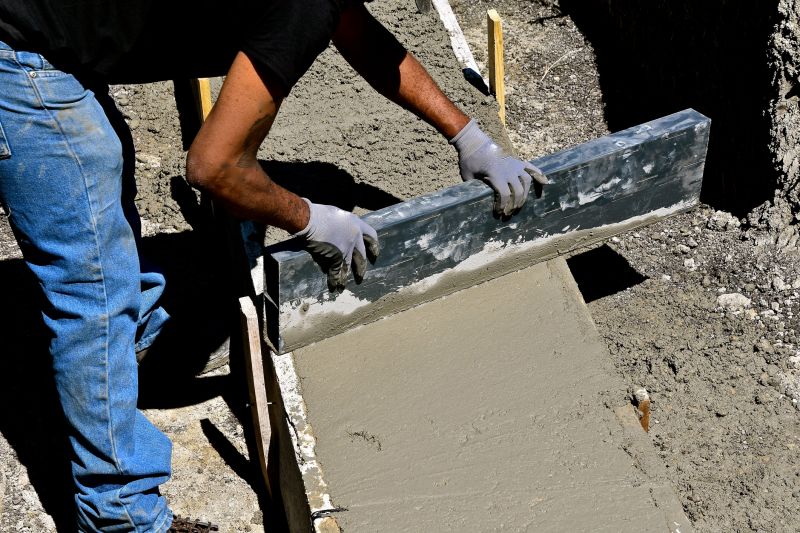
Specialized tools used during optimal repair periods.

Visual evidence of effective foundation stabilization.

Conducted to determine the best time for repairs based on soil conditions.
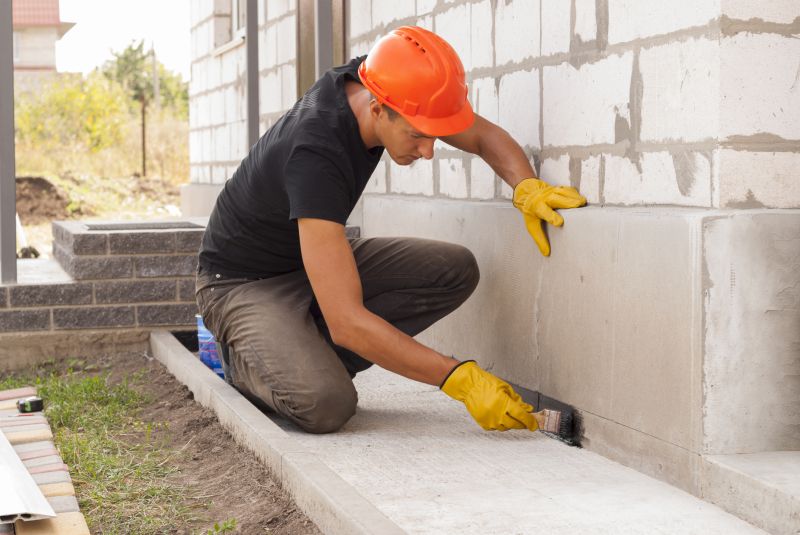
Critical step before scheduling repairs.
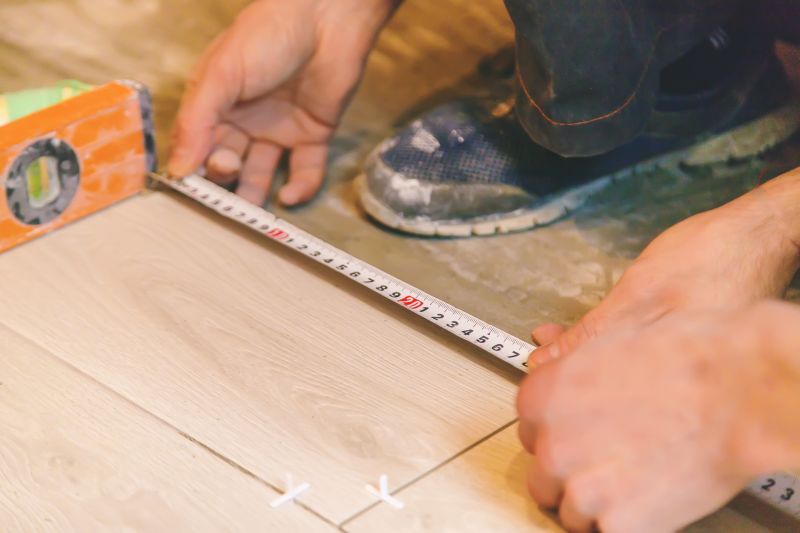
Little measurements that prevent headaches on Foundation Repairs day.
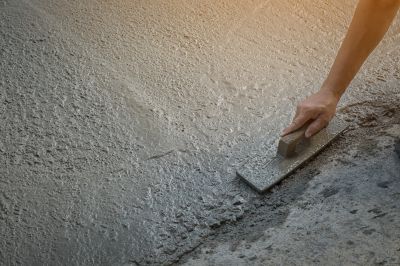
A 60-second routine that keeps Foundation Repairs looking new.
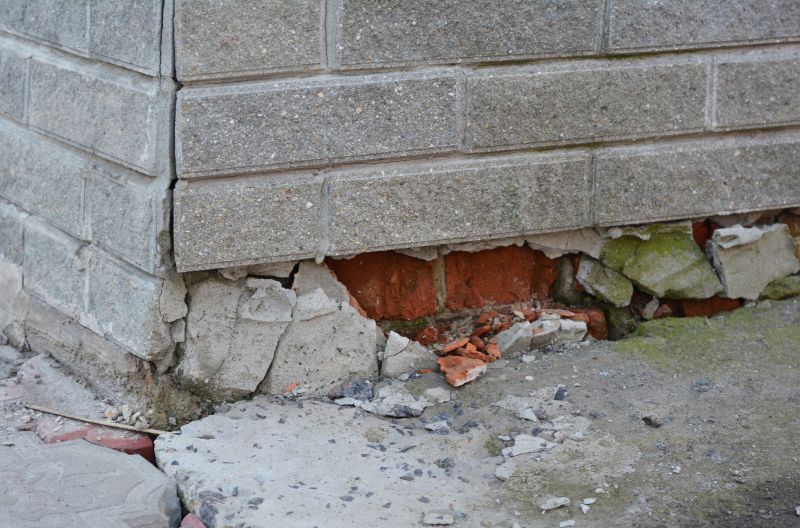
A frequent mistake in Foundation Repairs and how to dodge it.

Small tweaks to make Foundation Repairs safer and easier to use.
For those interested in foundation repairs, it is recommended to contact a foundation specialist to discuss timing and assess specific site conditions. Proper scheduling and timely intervention can help maintain the structural integrity of a property.


